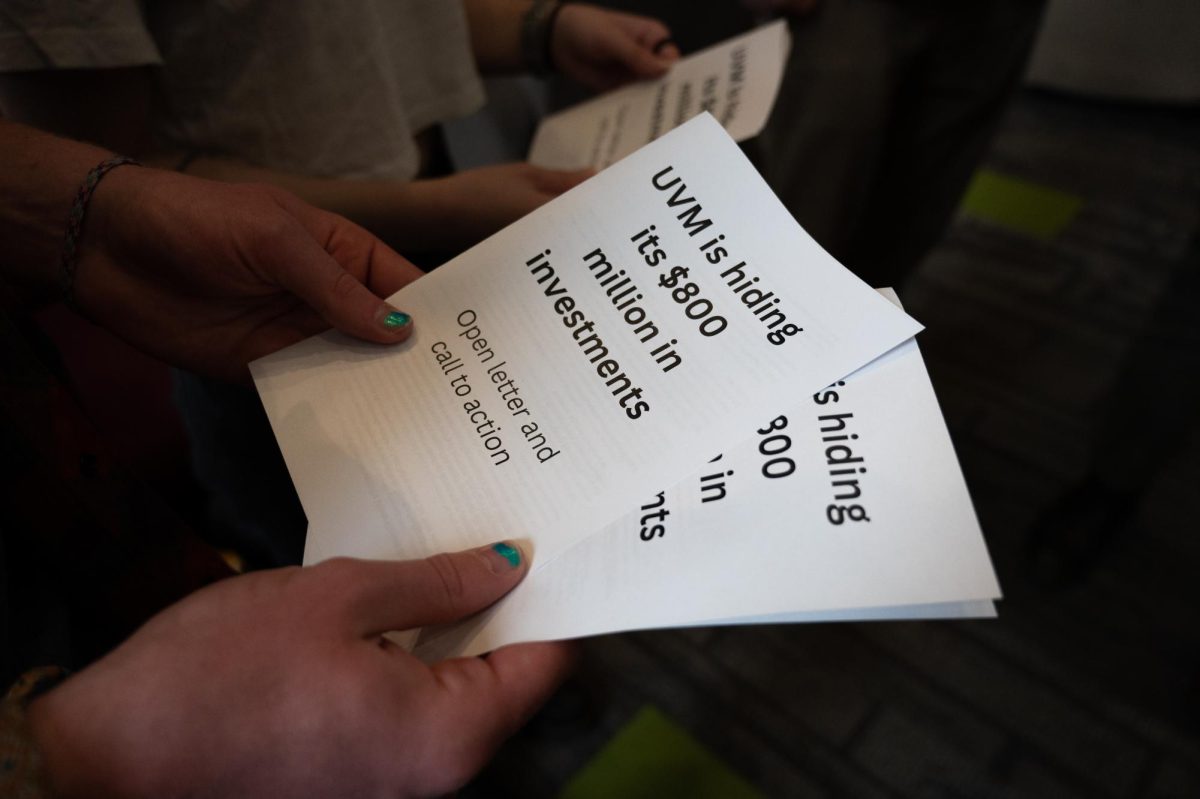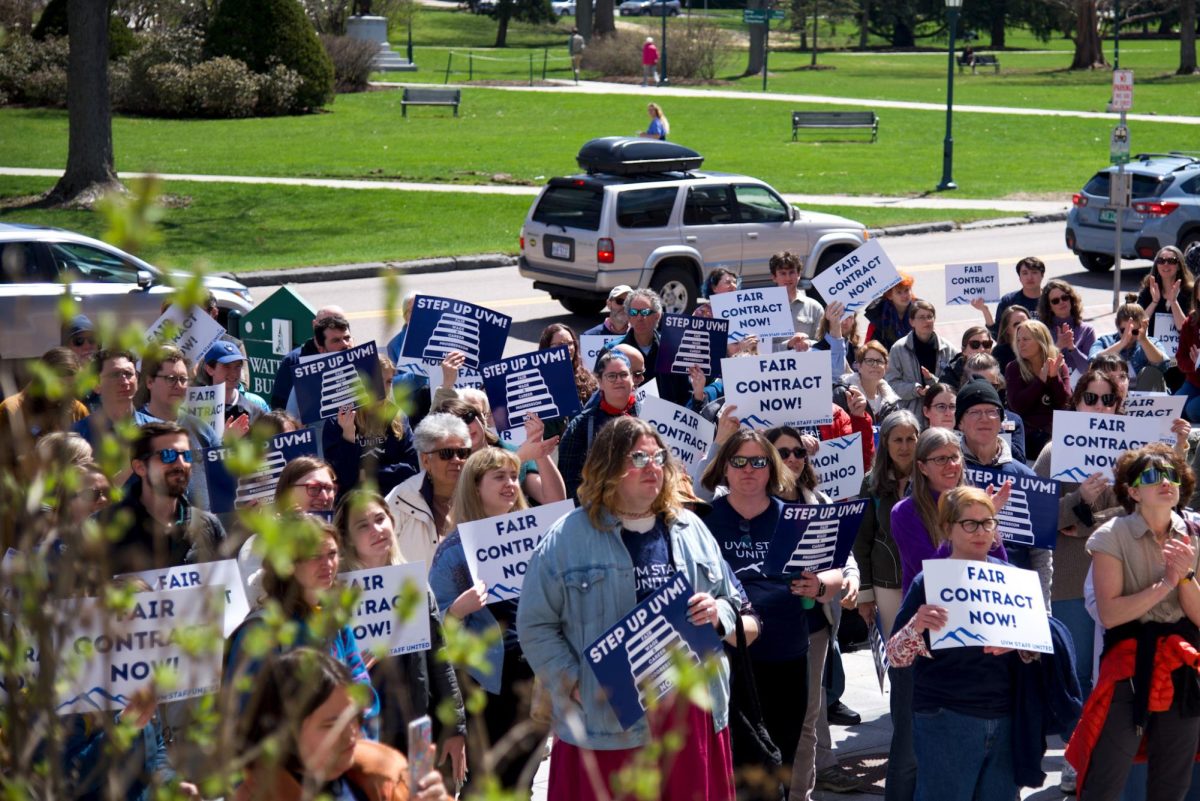As President Fogel continues his mission to turn UVM into a thriving research university, he is establishing many beneficial changes, such as more and higher quality housing, more teachers and theoretically a more competitive school. Unfortunately the benevolence of his intentions have not been met by the reality of his policies, or the consequences of those policies. In regard to the issue of increasing the competitiveness of UVM, Fogel’s vision seems to be blindfolded. In the past five years, UVM has experienced an increase in first year applications by sixty-five percent. Last year there were 13,015 applications, which is an all-time high for UVM. Despite the increased number of applicants, UVM has continued to admit 80 percent of those applications. This means that we are not becoming more competitive or selective, instead we are still maintaining a very high acceptance rate, which has not changed in the past five years, and which is equated with noncompetitive colleges. The high acceptance rate is not only inconsistent with Fogel’s vision, but it has also created deficits in housing on campus. There are simply not enough beds or rooms on campus to accommodate every one. So what should we do? The obvious answer is to not accept as many people. This will increase our competitiveness and it will also open up space so that lounges are not being used for bedrooms. A second point of contention that many people may feel about the trajectory that Fogel has established for UVM is the increases in tuition prices. These have gone up 28 percent for in-state students and 26 percent for out-of-state students in the past five years and they will only continue to rise as Fogel the unversity expands. The new University Heights complex will increase room and board payments for all students campus wide, which means more debt for us in the future. Another implication of the new dorms is that they will also cost more to live in than other housing options on campus. Students who want to live in the new University Heights buildings or L and L can expect to pay more money than they would if they wanted to live in Redstone. What does this mean for individual students? It means that poorer students will be forced to live in traditional dorms, while more affluent students will be able to choose where they want to live unfettered by financial restraints. What does this mean for the University as a whole? It means that there will be a distinct class division that will be created by where people live. Just like people who live in upper Manhattan are known to be more affluent and less stigmatized for their behaviors than those who live in Harlem are, the students who live in traditional dorms will experience stigmas associated with where they live. Why is this bad? First, it will destroy any sense of a united community by creating a stratum of the haves and the have-nots. Second, it will mean that students from modest backgrounds will not have equal options for places to live, thus restricting their autonomy to determine their own lives. Third, one will be able to infer a person’s financial wealth simply by the location that they live, which is invasive to certain private issues that many people do not want to be obvious. Fourth, wealth gaps in a society have historically caused more problems than benefits. Granted UVM is only a microcosmic society, it should be recognized that it is a society none the less and it will experience the negative effects of a wealth gap just as any other society has. These negative effects may be salient if only in the microcosmic level of society that UVM can create, but they will be there and they will not make UVM a better place. So what should we do? Stop admitting so many people, keep UVM small and don’t worry about expanding the campus, instead invest that money into more qualified teachers and better teaching resources. This will keep the number of students down, thus decreasing the need for more housing and eliminating the possibility of creating a wealth gap inferred by on-campus housing. I am writing to make those of you aware, who would normally be unaware, of the facts of the changing fiscal and social situations at UVM and what they might imply. Think for yourself, make actions and let your voice be heard.












